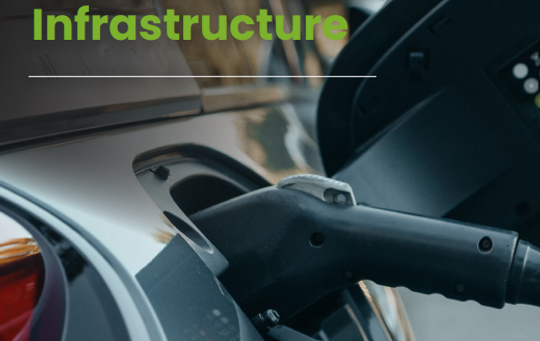Launch of the GFI & BEAMA Guide to Electric Vehicle Infrastructure
On November 4th BEAMA and GFI hosted a webinar to launch the new Electric Vehicle Infrastructure Guide. BEAMA's Jeremy Yapp, Head of Flexible Energy Systems, was pleased to be joined by:
Juliet Flamank - Associate, Green Finance Institute
Professor Colin Herron - MD Zero Carbon Futures, Newcastle University
Priya Veerapen - Managing Director, Infracapital
Tom Callow - Head of External Affairs, myenergi
George Donoghue - Chief Technology Officer, Connected Kerb
Audience Questions
Q.) The updated guide is very informative. Do you agree that what we must ensure and push for is trained and competent installers to be able to deliver the demand that is required?
A.) Skills, capacity and installation capability will of course be challenges for many areas of the UK’s journey to electrification and Net Zero. However, this is not the primary factor limiting uptake of EVs or the rollout of private EV chargers – that’s vehicle availability.
As for public charging, this challenge exists alongside the need to invest in and upgrade many other elements of our energy and transport infrastructure: the smart metering rollout, electricity network upgrades and reinforcement, and charging infrastructure on busy urbans streets, suburban kerbs, rural roads and highways, all of which need to be appropriate to changing and sometimes untested consumer behaviours.
Q.) How can investment best be made in areas where demand is patchier - such as rural areas?
A.) As discussed by the panel, this probably comes down to individual investment cases and access to the right data (lots of it, but be careful which you use). As we said in the session, “patient capital” is key here: rural investors should probably be prepared to play the long game. Innovative finance products such as Utilisation Linked Loans could work well in rural areas where demand is not as consistent, this would allow the installer of the infrastructure to pay the loan back in periods of higher utilisation.
Q.) One of the problems starting to emerge in the EV charging space is that some holders of patents relating to communications standards (eg WiFi/3G/4G) are asking for patent license fees from EV charge station vendors. Vendors expect to buy communications modules with the necessary IP/patent rights, but it turns out that the patent holders are refusing to grant licenses to the chipset/module suppliers, as they prefer to try and get the license fees from the charge station vendors. Does the panel that there will be a delay in innovation if manufacturers can’t buy smart communications components with the necessary IP/patent rights?
A.) This goes to much larger questions about chip and component availability – according to the SMMT, this is the primary reason vehicle manufacturing lags so far behind demand. BEAMA is exploring and addressing the relationship between these supply chain challenges and market growth and innovation though its involvement in the Government’s new Electrical Products Supply Chain Council.

